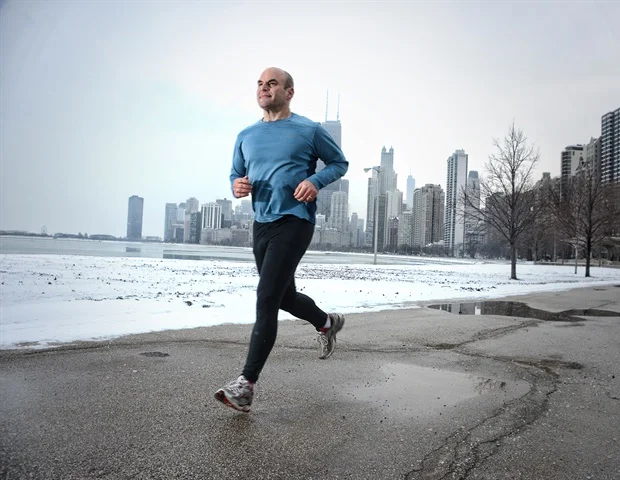Physical activity has many well-known health benefits, but its association with lung function in childhood and adolescence is not well understood. A new study by the Barcelona Institute for Global Health (ISGlobal), a center supported by “la Caixa”, has for the first time demonstrated an association between regular physical activity during childhood and higher lung-function values in adolescent girls.
The study, published in the International Journal of Epidemiology, examined the relationship between physical activity, from childhood to adolescence, and lung function in adolescence in 2,300 boys and girls participating in the Avon Longitudinal Study of Parents and Children (ALSPAC), a United Kingdom-based birth cohort also known as “Children of the 90s”.
The children’s physical activity was recorded using an Actigraph sensor over seven-day periods at 11, 13 and 15 years of age and their lung function was analyzed by spirometry at 8 and 15 years of age. The children’s parents also completed questionnaires on sociodemographic, psychological and lifestyle-related factors.
The researchers defined three physical-activity trajectories: low, moderate and high. “Girls in the moderate and high physical-activity trajectories had a higher exhalation capacity–that is, greater forced expiratory volume–than girls in the low physical-activity trajectory,” explained lead author Célina Roda.
In contrast, no such association was observed in boys. One possible explanation, according to Roda, is that “growth spurts occur earlier in girls than in boys, so any effect of physical activity on lung function can be more easily observed at an earlier age in girls”.
The findings showed that less than 7% of the children achieved the level of physical activity recommended by the World Health Organisation–a minimum of 60 minutes each day. At 11 years of age, boys engaged in an average of 24 minutes of physical activity per day, compared with 16 minutes in girls. In general, boys were more active than girls at all ages.
The high prevalence of physical inactivity observed in children is worrying. Extrapolated to the population as a whole, this is a factor that could have a considerable impact on lung function. Strategies for promoting physical activity in childhood could be highly beneficial for the respiratory health of the population.”
Judith Garcia Aymerich, Study Coordinator and Head of the Non-Communicable Diseases and Environment Programme, ISGlobal
“Further studies that take into account environmental factors such as air pollution are needed to determine whether these factors influence the benefits of physical activity on lung function.”
Roda, C. et al. (2019) Physical-activity trajectories during childhood and lung function at 15 years: findings from the ALSPAC cohort. International Journal of Epidemiology. doi.
